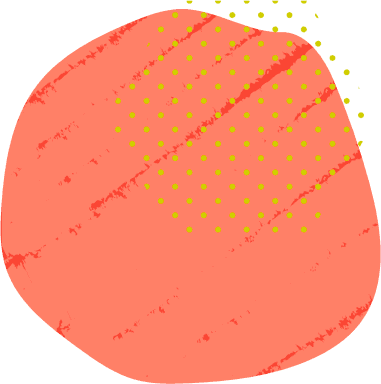What is a complement and the addition theorem?
In this post, we establish and use the rules: P(\bar{A}) = 1 - P(A) and P(A \cup B) = P(A) + P(B) - P(A \cap B) , as a part of the Prelim Maths Advanced course under the topic Statistical Analysis and sub-part Probability and Venn diagrams, focusing on complement and addition thereom. The complement of an event is all the possible outcomes that are not the event. The addition theorem is used to determine the probability of two subsets, when P(A) and P(B) are added together, and there is an intersection between the two sets, the intersection is added twice, thus the formula for the addition theorem is: P(A \cup B) = P(A) + P(B) - P(A \cap B)
What are complementary events?
The following two videos cover what complementary events are and giving an example on how to use the complementary event to speed up answering probability questions.
Part 1: Basic Concept
Part 2: Playing card examples
What is the addition theorem?
The following two videos cover the addition rule for probability.
Part 1






